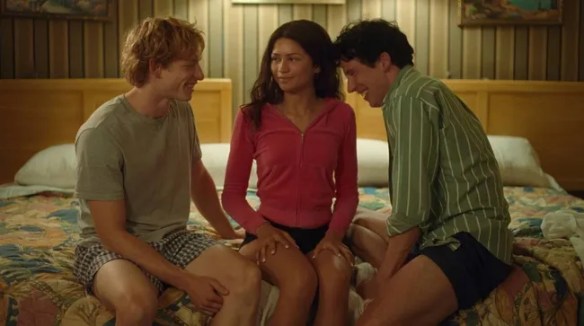
This new light-hearted crime adventure is a book I’ve been looking forward to for some months. I already admire SJ Rozan’s award-winning mysteries featuring New York City private detectives Bill Smith and Lydia Chin. Although it is The Murder of Mr. Ma, co-written with media executive John Shen Yen Nee, is vastly different from the Smith/Chin stories, but equally entertaining. It features my favorite fictional detective, Tang dynasty Judge Dee Ren Jie in a 20th century version.
Judge Dee arrives in 1924 London to investigate the murders of former colleagues from the Chinese Labour Corps. (During World War I, the British government recruited several hundred thousand workers from its colonies and elsewhere to perform non-military duties, in order to free up British soldiers for fighting. Some 96,000 of these workers were Chinese.) Judge Dee’s war role was to mediate when a Chinese worker ran afoul of the military authorities. Military man William Bard, now an inspector in London’s Metropolitan Police force, became Dee’s nemesis.
Soon after his arrival in London, Dee meets a young academic, Lao She, a man with little worldly experience but a good heart, who acts as Dee’s guide and sounding board. Lao is Watson to Dee’s Holmes, recording their adventures and asking the pertinent questions that let Dee’s intellectual powers shine. The affectionate and sometimes prickly relationship between them is also reminiscent of the Holmes/Watson duo.
It doesn’t take Dee long to find old friends and acquaintances in the London Chinese community. In particular, he encounters Sergeant Hoong Liang, whose father taught Dee a full menu of Chinese martial arts skills, something that comes in handy on numerous dramatic occasions throughout this story. Dee also reaches out to knowledgeable characters in London’s underworld. Like Holmes, his circle includes people high and low.
Between his fighting skills, his gift for mimicry and disguise, and his flawless logic, Dee is a real superhero. But he does have one serious flaw. The pain of his wartime injuries was treated with opium, and he’s become addicted. On top of trying to find the murderer of his friends and persuade the police—especially his old enemy, Bard—to take the murders of the Chinese men seriously, he’s suffering the ill effects of drug withdrawal.
The story moves at breakneck speed and involves a subculture of London life not usually dealt with in mystery stories, but full of atmosphere and (mostly) charming peculiarities. It is an exciting ride, and though some of the antics must be taken with a grain of salt, it remains great fun throughout.














